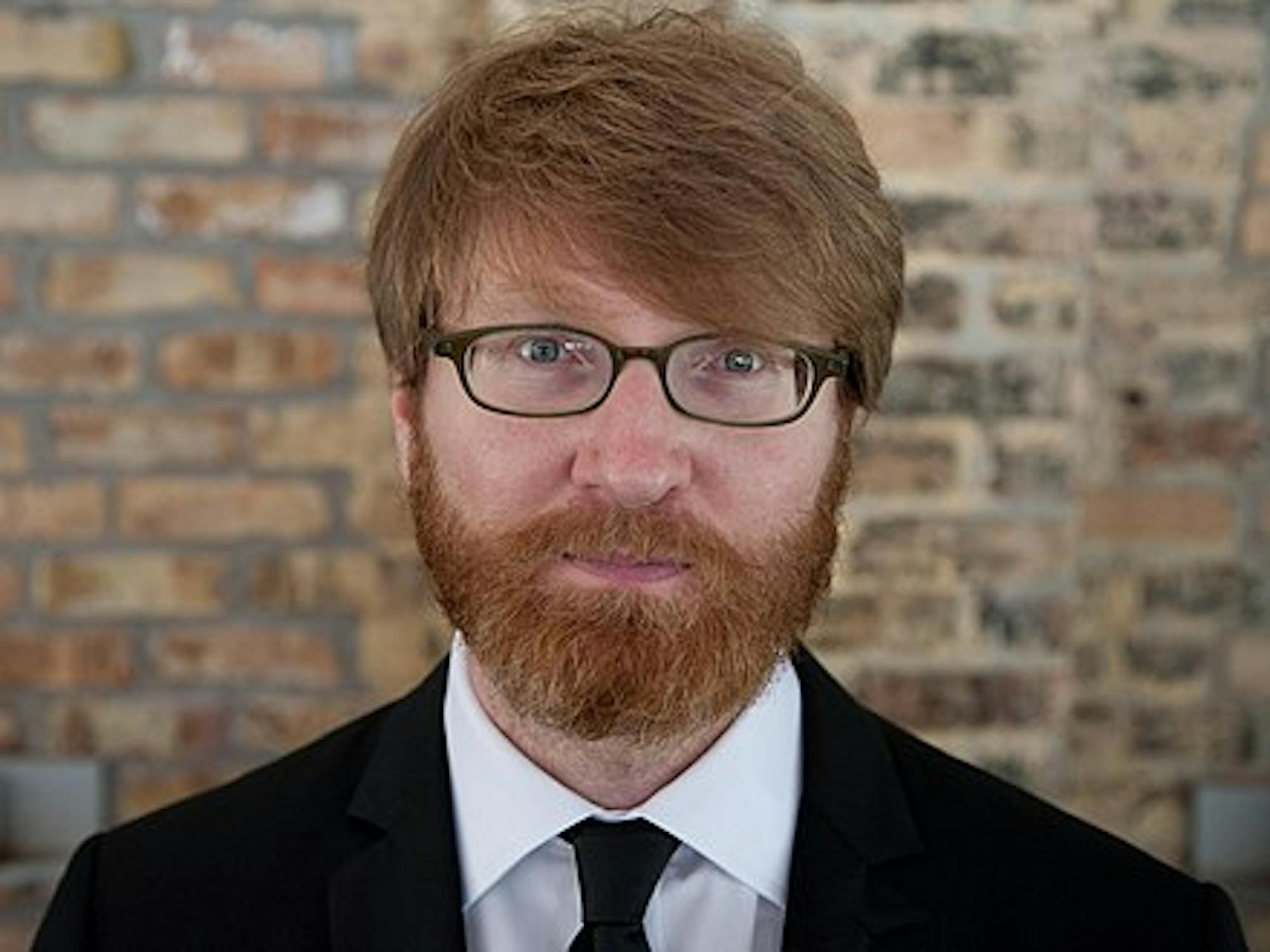Chuck Klosterman writes about society’s most prevalent topics, including pop culture, sports and music, in his many works of nonfiction and fiction. The bestselling author’s newest novel showcases his brilliant, blunt writing style. “The Nineties” (2022) tackles one of humanity’s most tumultuous decades.
Klosterman focuses on some of the complex truths of the decade. For instance, he asserts that people in the ‘90s cared most about not caring at all. This idea, among many others he describes, seems silly, and yet he explains how it permeates to this day. Some of the ‘90s’ seemingly ridiculous, forgotten principles which he explains in his book are still true –– many saturate modern life. Other highlights frozen in those 10 years are also timeless, and Klosterman writes about these lost features in a way that makes those who lived the experience crave them and those that didn’t long to recreate them.
In the introduction, Klosterman writes, “There’s always a disconnect between the world we seem to remember and the world that actually was” in order to frame the narrative. When discussing a historical time period that feels lost in time when really its end is very recent, confusion clouds defining moments. Still, the ‘90s were revolutionary due to the technological advances that arose. Yet, despite much of the decade being memorialized on tape, the illusory nature of the decade still muddles the timeline.
So, what happened? Klosterman explains what happened with disconnected anecdotes that combine (somehow) into ‘90s themes. Television, for example, exploded. The most popular show “Seinfeld” (1989–1998) shifted comedic tropes and reinvented language parts. “Game of Thrones” (2011–2019) is rooted in the modern consciousness as one of the most watched series of recent years. Its 2019 finale garnered a particularly large viewership. Klosterman reveals that each episode of “Seinfeld” maintained the same mind boggling audience as the “GOT” finale. The more astonishing note when comparing the two hits, though, is that in the ‘90s no one cared if they missed a “Seinfeld” episode. A missed “GOT” episode, however, with its hour-long adventures buttressed by complex details all crucial to the millions of diverging plotlines, would torment a 21st century fan. But Klosterman claims that a ‘90s dweller would rather claim that they didn’t own a television than admit to caring about “Seinfeld’s” most recent plot conflict.
Not caring wasn’t the only definer of the time. Still, its paradoxical nature extends to Klosterman’s other stories definitive to the ‘90s. For Klosterman, for example, the authors who embodied the ‘90s the most were Elizabeth Wurtzel and Mark Leyner because “They were supernatural exaggerations of so many ‘90s personalities who were just walking around, talking about themselves and driving everyone crazy.” They were smart and charismatic — reflected in their self-aware, strangely intimate novels like “Prozac Nation” (1994) and “Et Tu, Babe” (1992) — to an extent that everyone, in Klosterman’s opinion, wanted to be them, hated them because they weren’t them and liked them so much because really all the characters of the ‘90s really were them.
Does Klosterman ever stop writing in extremely well written circles? At times. For instance, he explains that the ‘90s were “pre-programmed” by the ‘80s –– many thought the trends and culture popular the decade before would just persevere. This was true for a moment, until the release of Nirvana’s “Nevermind” (1991). It was the most popular punk album because it wasn’t exactly punk. As Klosterman explains it, “Nirvana is popular against their will, despite all the conscious choices they made in order to become the most popular band in the world.” In other words, “Nevermind” launched the ‘90s because Nirvana’s attitude exuded the contrarian vibe of not caring, while simultaneously caring a lot.
Klosterman also dips into ‘90s politics. Specifically, he discusses the 1992 presidential election. George H. W. Bush was a widely popular president, until he was cognizant of this, so in ‘90s fashion, and because of broken tax promises, his popularity degraded into widespread discontent.
Evidently, as a result Bill Clinton won the election. What was explicitly ‘90s for Klosterman was the in-between, or the “19%.” Nineteen percent of the popular vote went to independent party runner Ross Perot. A radical voice could pull votes from conservatives and liberals. Even more, Klosterman explains that the 20 million Americans who voted for a 5-foot-10-inch man from Texas “wanted an alternative.” Perot’s support emphasizes that the ‘90s, though complex and paradoxical, were pushing forward. People wanted change, even if they had a hard time admitting they cared.
It seems like the ‘90s were about innovation. It was a time to be self-aware of growth and also punish those who celebrated change too loudly. Greatness happened in the ‘90s: Quentin Tarantino, the Bowl Championship Series and the advent of the cell phone era.
Klosterman’s dialogue is complex in a clear way and funny to a specific, impactful point. Read the rest of his backwards stories stemming from the most paradoxical decade: It’s hard to regret doing it, but be careful of admitting you care too much about the book — or too little. “The Nineties” went on sale Feb. 8 and is available at most local bookstores.






